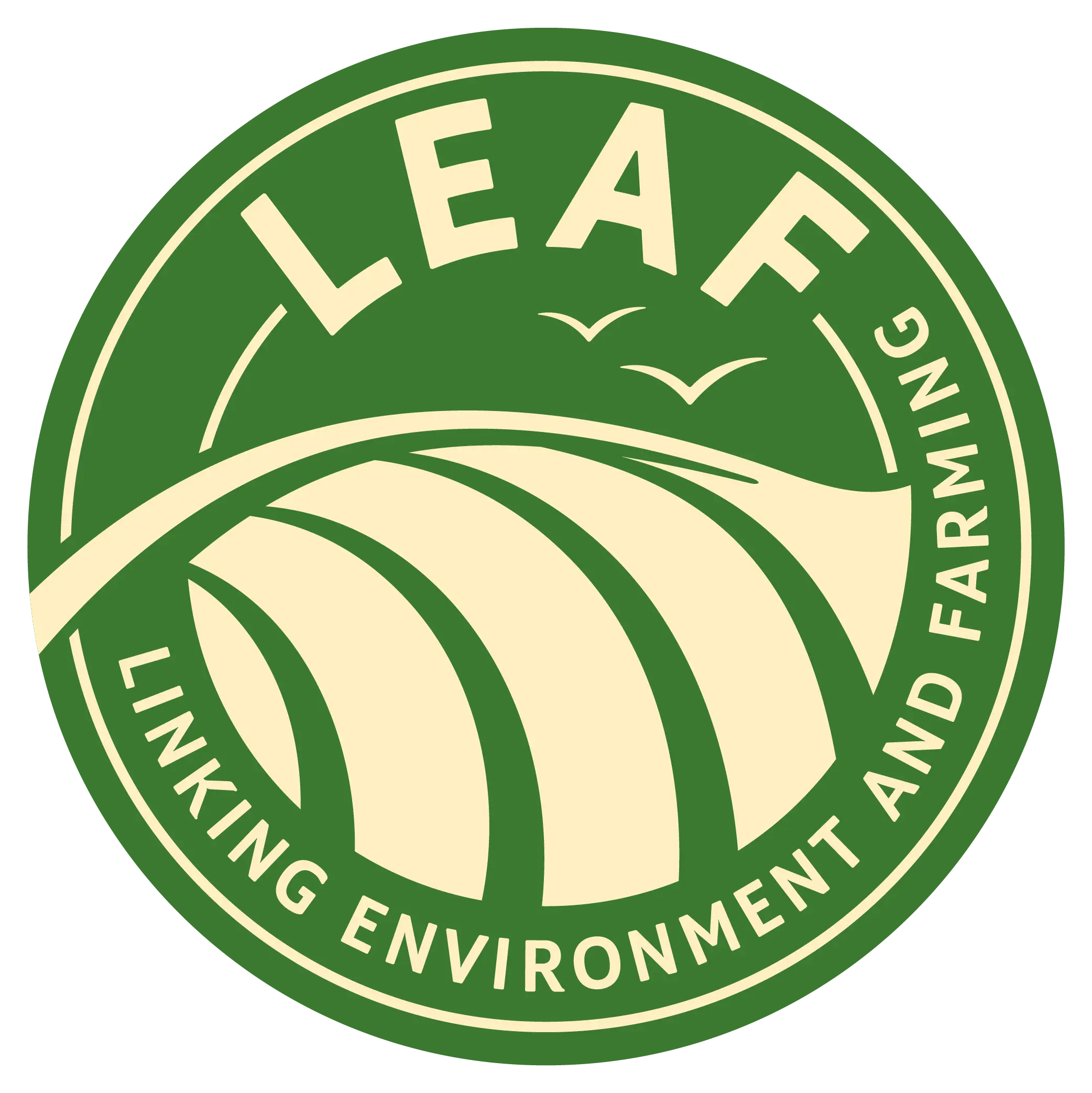Effective Posters
-
Topic
Keep your poster simple, only cover 1 topic per poster. This may be a specific trial, result or approach from a larger project.
-
Target audience
This is very important as it will influence the information you include, as well as the language and tone used. Identify the main interests of your target audience, the familiarity with the subject and how they can use your results. For more information visit the ‘who is the audience’ section in Written Word.
-
Number of words
You need to balance text with photos and graphs. Only include 250-300 words per poster. You need to provide enough text for the poster to flow, make sense and cover your main points. Too much text will be hard to read and follow. At conferences and trade shows you will often be near your poster and therefore be on hand to offer additional information if required.
-
Font
Text needs to be easily read from a couple of metres away from the poster. Make sure the font size is large enough for text to be clear but not too large that it swamps the poster. Keep different font styles to a maximum of two.
-
Pictures
Include pictures to provide context to any text. Make sure picture quality is good and will not blur when printed.
-
Graphs
These are a good way of explaining your main results. Make sure they are well explained with supplementary text. Avoid using overly complicated graphs which may not be understood by the target audience.
-
Design
Make sure your poster looks attractive to the reader and can easily be read. Think about the flow of the poster, keep a clear linear structure throughout.
The design of posters often follows a similar format, regardless of audience. Posters are generally composed of:
- A very short introduction to the topic or research area. This will normally be no longer than 2-3 sentences
- A methods section providing a brief and simple overview of methodology.
- Results. Usually the largest section, alongside the discussion section. Include a range of tables, graphs and images. Be aware of when it is best to use each one and make sure they can be well understood.
- Summary of the main points. Summarise the poster by providing 1-2 sentences on any outcomes, take home messages and next steps.
- Contact details and acknowledgements. This will allow anyone interested to follow up with any questions they may have.
Discussion. Explaining your results and presenting your main outcomes. Include your take home message and three main points.
To help plan your poster, visit the planning section in Written Word.
Examples of good posters
Click to view the full image






